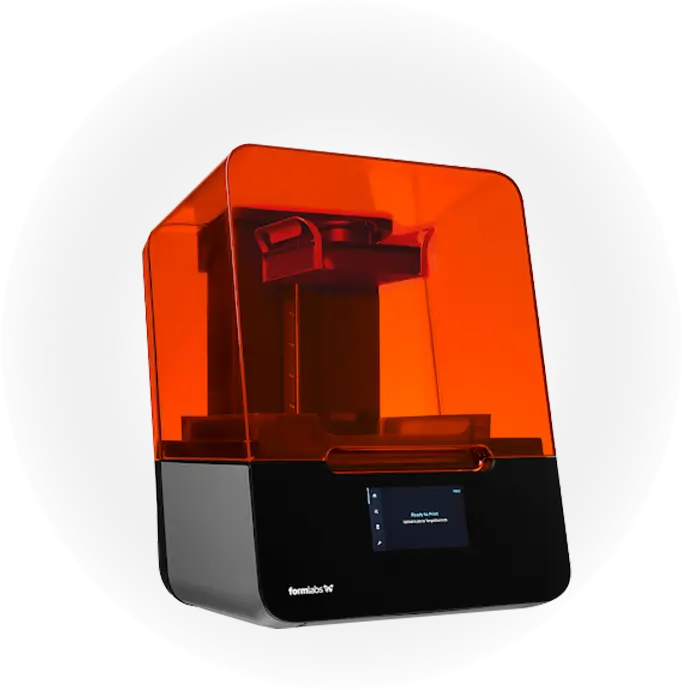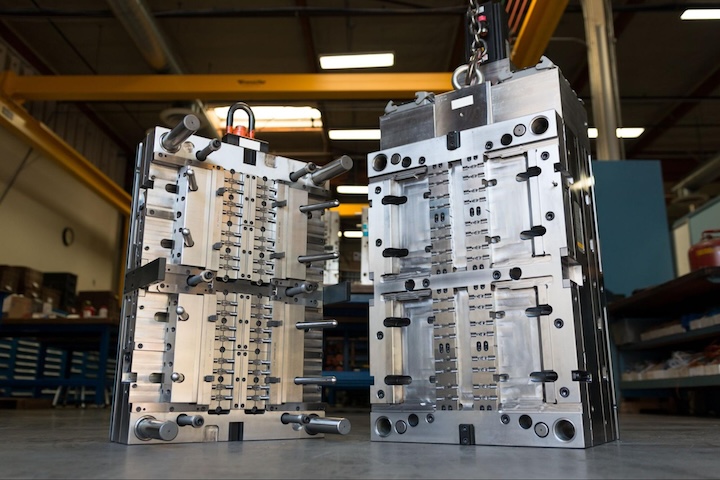Time to read: 3 min
This week, our focus was on robotics, and our guest was Marco Micheletti, Fresh Consulting’s Director of Automation. Marco has more than twenty years managing engineering teams and driving automation, product development, supply chain and manufacturing for products including the Xbox 360, Nike+ SportWatch GPS, Nike+ Fuelband, Steam Controller, and Steam Valve Index VR Kit.
Headlines from my co-host, journalist Philip Stoten:
- A massive manufacturing pivot is occurring as companies step up to produce products needed to help with the COVID-19 crisis, including multimillion-dollar orders.
- GM and Ventec landed a contract to produce ventilators for the U.S. government worth almost $500 million.
- There has been an amazing spirit of innovation and creativity to stand up new solutions, and design for the supply chain is more important than ever.
- The Jacksonville Transportation Authority (JTA) has partnered with autonomous mobility companies Beep and NAVYA to transport COVID-19 tests from a drive-through testing site to a processing laboratory on the Mayo Clinic’s Florida campus, using unmanned autonomous vehicles (AVs).
- There are numerous manufacturing examples of 3D printing being used to support urgent supply chain needs. Drones are finding a role in monitoring, disinfecting public areas, delivering critical supplies and even temperature checking, using heat sensitive sensors.
- More companies are looking to the future and asking how supply chains will change to become better prepared for the future. The common theme is, as it should be, digital transformation, enabling both resilience and agility.
- Manufacturing and travel disruption has delivered a short-term climate dividend, one that might be significant, given a Harvard study that ties American COVID-19 death rates to areas with high levels of air pollution.
After last week’s announcement about Fictiv’s face shield initiative, I was able to provide an update on our progress. Leveraging the best open source designs, our manufacturing experts and our global manufacturing network, we are now manufacturing millions of protective face shields at cost, to meet the urgent needs of healthcare agencies in the fight against COVID-19.
From our guest, Marco Micheletti
Robotics has a lot to offer to the fight against COVID-19, and applications like those mentioned in Philip’s introduction are just the tip of the iceberg. I couldn’t wait to talk with Marco and get his take on the role of robotics in the current crisis and beyond.
When assessing tasks for the application of automation and robotics, Marco uses the “three Ds”: “dull, dangerous and dirty”. It’s in these tasks that robotics can add the greatest value, ideally working alongside humans to augment, rather than replace, human efforts.
Getting the partnership between man and machine right is essential to the successful deployment of most robotic or automation projects. The use of machine learning and artificial intelligence adds huge value and strengthens the case for robotics.
Logistics is an obvious application for robotics, especially when social distancing is required. Surveillance, sanitizing, remote monitoring and patient management are all additional applications that are currently using robotics.
Marco explained how the Fresh Consulting team helped innovators to develop solutions on a small and large scale. Institutional and management attitude towards change, specifically when robotics and automation are involved, requires longer term vision, thinking beyond now. Marco recognizes the need to help bring costs down by focusing on scalable solutions. Fresh has developed an autonomous navigation platform that can be leveraged by their customers as a building block, so they can then focus on their unit value proposition, rather than trying to be full-stack.
In response to questions from Philip and those listening, Marco explained that new business models, like robotics-as-a-service, would need to be explored to support and offset higher upfront costs. The debate around robotics as capex or opex remains an important one as we move towards large-scale adoption.
There was no shortage of debate and audience interaction.
Here are a few of the key takeaways from The Supply Chain Bunker (Episode #4) – Robotics Special:
- Humans are awesome; it’s the role of robotics and automation to augment, not replace.
- It’s essential to consider TCO (Total Cost of Ownership).
- Supply chains are strategic resources.
- Always ask why before how.
- Use existing building blocks to shorten development cycles.
- Practice social distancing, but develop closer collaborations.










